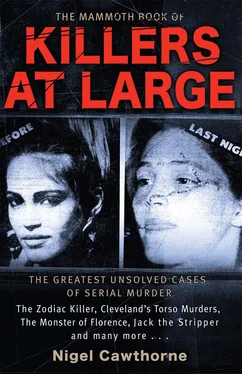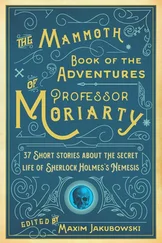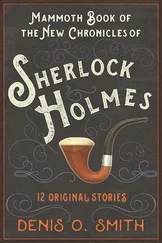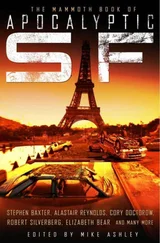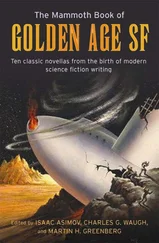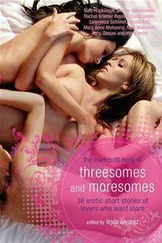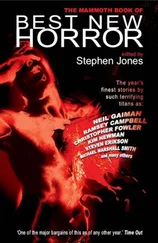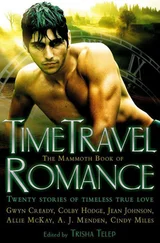Blood-typing was used to link the deaths of John Porter and William Barrett to droplets found in the Williamses’ car. However, there was controversy over how old the blood stains in the car were and they could easily have deposited there before Porter and Barrett had been murdered.
A hydrologist testified that, judging by where Cater’s body had been found, it was highly unlikely that he had been thrown off the James Jackson Parkway Bridge. The defence also contended that there was no evidence that either Cater or Payne had even been murdered. Cater was a known drug addict and alcoholic, while Payne was a depressive who had previously tried to kill himself. Both of them had been found in the river. They might have committed suicide by jumping in, or they could simply have slipped in and drowned.
Williams took the stand in an attempt to demonstrate that, as a small man, he could not have hauled the body of the considerably larger and heavier Cater out of the back of the station wagon and flung him over the shoulder-height parapet—certainly not in the short time that the police maintain that he was on the bridge. However, this proved to be a mistake. Taking the stand gave the prosecution the chance to cross-examine him. Prosecutor Jack Mallard managed to rattle Williams, making him angry, and goaded him into insulting the FBI agents in the case. This did not impress the jury.
On 27 February 1982 Wayne Williams was convicted on two counts of murder and sentenced to two terms of life imprisonment. Two days later, the Atlanta “child murder” task force was disbanded and the other cases consigned to the files. However, Williams had only been convicted of killing two adults. None of the child murders has ever been solved.
In November 1985, new attorneys unearthed declassified documents from the Georgia Bureau of Investigation. In the early 1980s, they had an informant inside the Ku Klux Klan who told them that Klansmen aimed to provoke a race war by “killing the children” in Atlanta. A Klansman named Charles T. Sanders boasted of killing Lubie Geter, after the 14-year-old had run into Sanders’ car with his go-cart. Sanders allegedly told a friend: “I’m gonna kill him. I’m gonna choke the black bastard to death.” In early 1981, the spy in question warned the FBI that “after twenty black child killings, the Klan were going to start killing black women”. It was noted that there was a cluster of unsolved murders of numerous black women in Atlanta in 1980–82, almost all of whom had been strangled. However, repeated attempts to secure a new trial in the Wayne Williams case have failed.
Nevertheless Police Chief Louis Graham has not given up. In 2000, he visited Williams in prison. At the end of the visit, he told Williams to look him in the eye and say he was innocent.
“To God almighty, I swear… I didn’t do it,” Williams replied and Graham believes him.
Chet Dettlinger, who had been on the case since 1980, concurred. He told CNN: “I agree with Louis that Wayne Williams did not kill anybody.”
Three of the cases that fall within Graham’s jurisdiction and he has now reopened are among the ten “pattern cases” introduced in Williams’ trial. Williams’ new defence attorney Michael Lee Jackson, who is fighting the case in the Federal court, pointed out: “Wayne wasn’t defending himself against two murder charges. He really had to defend himself against 12. But the state only had to prove two of them.”
Jackson is confident that if Graham’s cold-case squad can show that any of the “pattern-case” victims was killed by someone else, he can win Williams a new trial.
Despite the doubts about Williams’ guilt, there are no protesters out on the streets demanding his release. Los Angeles Times journalist Jeff Prugh who co-wrote the book The List about the Williams case, says this is because the civil rights establishment that had taken over from the old white power structure around the time of the killings found it “politically expedient… to sit on their hands rather than to attack the black power structure that they helped put into office”.
The Reverend Joseph Lowery, who co-founded the Southern Christian Leadership Conference with Dr Martin Luther King Jnr, blames Atlanta’s current black police commissioner and a black mayor for allowing Williams to suffer such injustice. Lowery himself did not believe Williams responsible for the child killings—indeed, he handed over to the FBI a letter from a reputed Ku Klux Klan member implicating the Klan in the murders. However, Lowery does feel that Williams was guilty of the two adult murders he was convicted of.
“I think the community settled into the position that if Wayne did not do it,” he says, “at least those who were doing it had stopped.”
Graham is worried that much of the physical evidence from the original cases no longer exists. Jackson says he would not be surprised to learn it had been destroyed, as were hours of surveillance tapes of Klan members. However, a judge has ordered that transcripts of the tapes, which still exist, should be handed over to the defence. But a review of the material says that the police dropped their investigation into Klan involvement in the murders after seven weeks. Although Klansman Charles T. Sanders voiced support for the killings, he denied involvement. He and two of his brothers passed lie-detector tests. However Williams has another ace up his sleeve. He says that he can prove that the witness who said he saw Williams and Nathaniel Cater holding hands on the night of the murder was, in fact, in jail at the time.
In a rare interview in 2005, Williams, then 46, told WVEE-FM that he was imprisoned with at least four relatives of his alleged victims, and that even they believe in his innocence.
“The Wayne Williams you see sitting right here today is just as much a victim of what happened as anybody else that was involved in this tragedy,” he said from Hancock State Prison. “None of us have really had closure in this thing—not the families, not Wayne and not the people of Atlanta.”
Williams claims that, as a black man, he was railroaded in order to prevent the race war the Klan sought to ignite. However, Janie Glenn, mother of victim Billy Barrett, is not convinced Williams is a victim. Twenty-four years before, on the day after Mother’s Day, her 17-year-old son had cooked her breakfast, then he took the bus to go and pay a family friend for some guttering work he had done on the house.
“Be careful,” she had said as he left.
Later that day, his body was found dumped on a road a few miles from home—some witnesses say by a uniformed man in a squad car. He had been stabbed and smothered. Glenn says that Williams knew her son and had cruelly encouraged the smallish boy with a painful stutter into believing he could make it as a singer. A relative also told her that Williams had attended her son’s funeral.
“I’m not going to say that his hands killed him, but I believe that he knows something,” she says. “If Wayne knows who killed my son and the rest of the kids, then he needs to open his big mouth and let somebody else pay for what they did.”
Catherine Leach, mother of 13-year-old victim Curtis Walker, shares Graham’s belief in Williams’ innocence but, to her, this is not about Williams.
“I don’t know if he’s innocent or not on those other crimes,” she says. “All I want is justice for mine.”
For her, the issue is her son, the boy who said he was going to Hollywood one day and make his momma rich. And she believes that her boy’s killer is, almost certainly, still at large along with the murderer of the other Atlanta child victims.
Atlanta’s Prostitute Killers
In Atlanta, Georgia, more than ten African-American prostitutes have been murdered by a serial killer who likes to display their bodies in theatrical positions at the crime scene. Law enforcement personnel believe that this “lust killer” has been at large in Atlanta for the last 15 years.
Читать дальше
